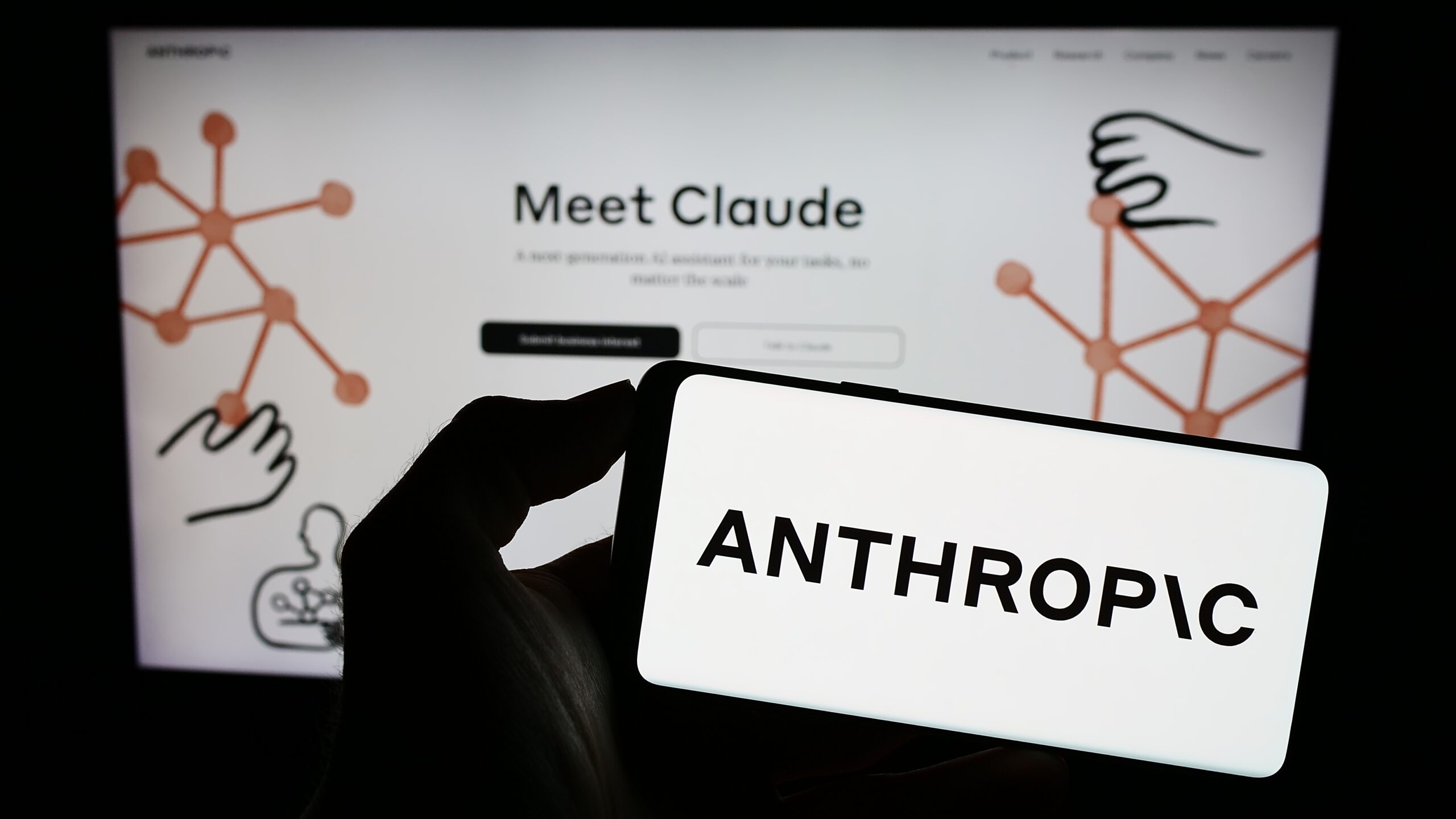Artificial Intelligence has become the most transformative technology of our era, but with its incredible potential comes significant risk. As AI systems become more capable, the conversation about AI safety rules has shifted from theoretical concerns to urgent real world action.
Anthropic, the company behind the Claude AI chatbot, recently updated its usage policy to address the growing dangers posed by advanced AI tools especially in relation to weapons development and cyber threats.
These changes are not just routine updates. They reflect a fundamental shift in how tech companies are preparing for a future where AI misuse could have life altering consequences.
Anthropic’s latest usage policy builds upon its existing ethical guidelines but goes a step further by naming specific threats. Previously, its rules prohibited using Claude AI to produce, modify, design, market, or distribute weapons, explosives, dangerous materials, or other systems designed to cause harm to or loss of human life.
Now, the revised policy explicitly bans, High yield explosives, Biological weapons, Nuclear weapons, Chemical weapons, Radiological CBRN weapons.
This clarity makes enforcement more straightforward and aligns with global AI safety rules aimed at preventing catastrophic misuse.
Why This Update Matters
The stakes are higher than ever. In May, Anthropic introduced AI Safety Level 3 protection alongside its Claude Opus 4 model. This safeguard was designed to make the system more resistant to jailbreak attempts and prevent it from assisting in the creation of CBRN weapons.
Think of it as moving from a lock on the door to a vault with biometric security. By adding more granular restrictions, Anthropic is sending a clear signal AI companies must prepare for malicious actors with increasingly sophisticated methods.
Dr. Laura Mitchell, a cybersecurity analyst specializing in AI ethics, emphasizes the importance of specificity in AI safety guidelines. General statements about not building harmful tools are important. But naming exact categories like high yield explosives or biological agents leaves less room for interpretation.
That’s how you enforce AI safety rules effectively. Similarly, Professor David Chen, an AI governance researcher, notes that this approach reflects lessons learned from cybersecurity. If you only ban ‘bad behavior’ broadly, loopholes appear. Specific bans close the gaps and give legal and technical teams something concrete to enforce.
The Dual Use Problem
In AI ethics, the dual use problem refers to technologies designed for good that can also be used for harm. For example, a natural language model trained to assist with chemical synthesis could also provide information useful in creating dangerous toxins.
A 2023 study by the Center for AI Policy found that, without safeguards, advanced AI models could reduce the technical barrier for designing chemical weapons by up to 50%. This is exactly the kind of scenario Anthropic is aiming to prevent with its updated AI safety rules.
Agentic AI and the New Risks
Anthropic’s announcement also touched on a new frontier of risk agentic AI tools. These include. Allows Claude to control a user’s computer directly. Embeds Claude directly into a developer’s terminal. While these tools can boost productivity.
They also create new attack surfaces for cybercriminals. Imagine a compromised AI session being used to deploy malware across hundreds of systems the scale of damage could be unprecedented.
As someone who has worked with AI in both development and testing environments, I’ve seen firsthand how even small oversights can lead to significant security risks. In 2022, during a penetration testing exercise, our team discovered that a chatbot could be tricked into revealing sensitive data through a series of harmless seeming prompts.
It was a wake up call. If an internal tool could be manipulated in such a way, what could happen with a public facing, highly capable AI model? Anthropic’s move to strengthen AI safety rules feels not only prudent but necessary to avoid a repeat of such vulnerabilities on a global scale.
Balancing Innovation and Safety
The tension between innovation and safety is at the heart of the AI debate. On one hand, companies need to push the boundaries of what AI can do to remain competitive. On the other, failing to set limits could lead to catastrophic misuse.
The updated AI safety rules from Anthropic demonstrate a balanced approach. Harder to jailbreak systems, content filtering, and usage monitoring. Specific prohibitions that leave less ambiguity. Publishing these updates shows transparency, which builds trust with regulators and the public.
Anthropic’s policy could set a precedent for other AI companies, much like how GDPR reshaped global data privacy standards. If more companies adopt specific bans on weapon related outputs, it could create an industry wide baseline for safety.
Governments may also take cues from these policies. Already, the EU’s AI Act and the US’s Executive Order on AI reference weapon related restrictions aligning private sector rules with public law could create a powerful global framework for AI governance.
Anthropic’s latest update is more than a routine policy change it’s a reflection of where the AI industry is headed. As AI systems become more powerful, the need for clear, enforceable AI safety rules will only grow.
By naming specific threats, introducing technical safeguards, and addressing the risks of agentic AI tools, Anthropic is setting a standard that others would be wise to follow. In an era where AI can do as much harm as good, these rules aren’t just guidelines they’re a necessity for a safer digital future.


Interesting points about responsible gaming & RNG transparency! Platforms like jiliaaa app download are pushing for data-driven fairness, which is great for players. It’s about building trust, not just luck! 👍